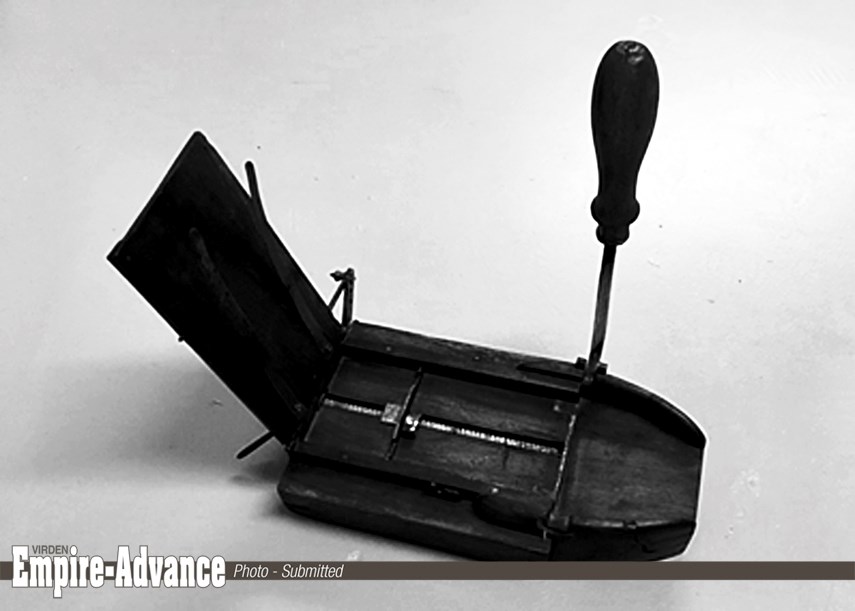If you guessed last week’s photo was a Dance Card, you were correct. Dance cards first made an appearance in the 18th century; although, they did not become immensely popular until the 19th and early 20th centuries. They were first found in Vienna, with their prevalence quickly spending across Europe and North America.
Dance cards were a way for women to record the names of the gentlemen which she intended to dance with at a formal ball. Men could also reserve dances throughout the evening on a dance card.
The designs of dance cards have differed over the years. However, they were typically a booklet with a decorative cover. A string was often attached so the women could carry the card around her wrist. That way, the card was available at any given moment.
Inside, there would be a chronological list of the dance titles and composers, with a line to place the name of the man the women intended to dance with on. Generally, a small pencil was attached so the gentlemen could sign their names. Elaborate dance cards often incorporated quite unusual materials, such as metal, leather, wood, and delicate embellishments.
According to etiquette rules, if a man introduced himself and asked properly for a dance, the woman could not refuse. So were dance cards a wonderful asset to social gatherings, ensuring organization and class. Or should they be considered a nuisance to a women’s independence? I’ll let you decide because nevertheless, dance cards are a brilliant piece of social history.




